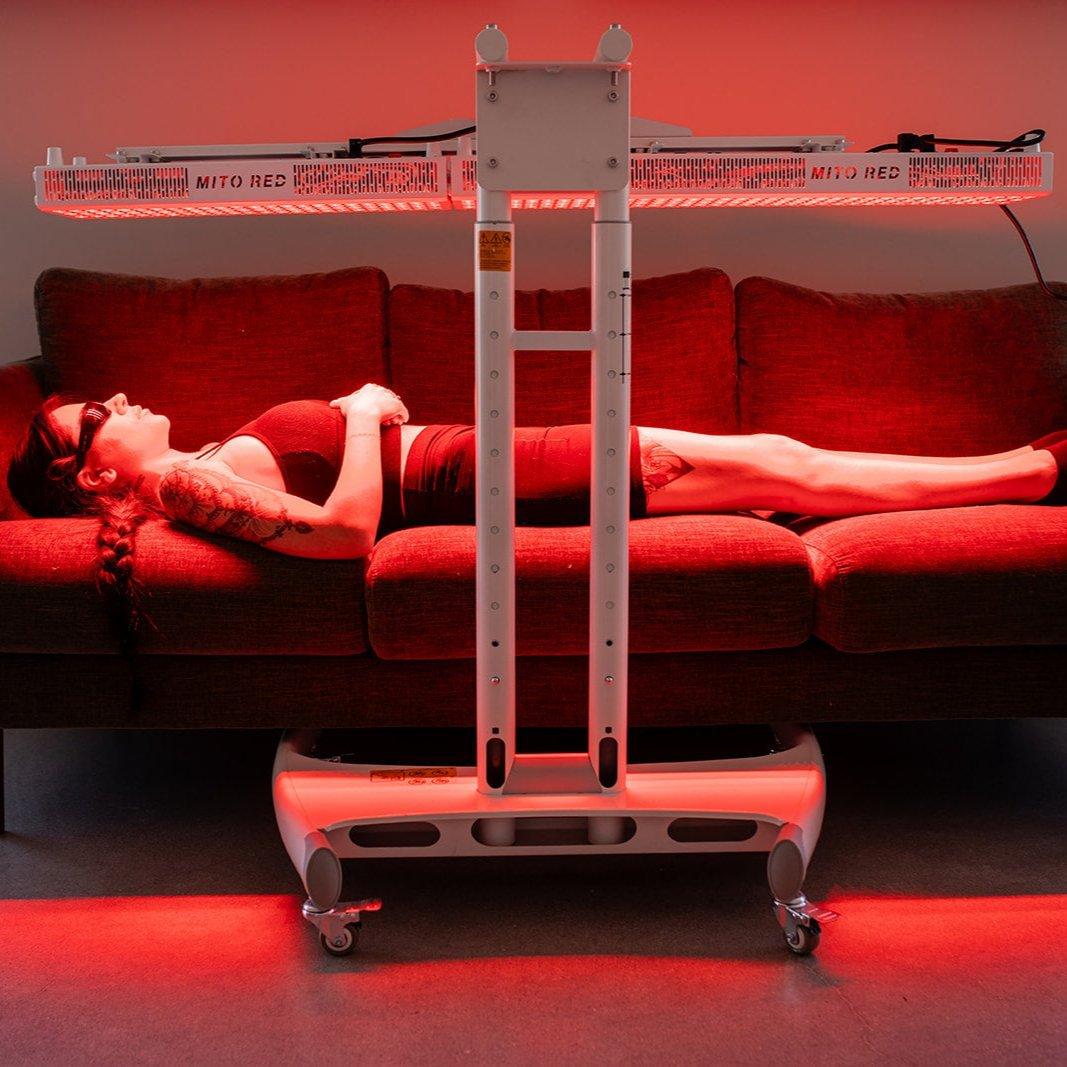The aim of this study was to investigate the effects of the different types of low-level laser therapy (LLLT) on the ultra-structure and number of melanosomes in normal cultured human melanocytes. Specific effects of various types of LLLT on the ultra-structure of melanosomes have not yet been reported. Melanocytes were exposed to LLLT at an energy level of 2.0 J/cm2, using a blue (457 nm), red (635 nm), or ultraviolet (UV) (355 nm) laser. After 72 h of irradiation, the melanocytes were fixed in 2.5 % glutaraldehyde (pH 7.2) phosphate buffer for 8 h and analyzed by transmission electron microscopy. Four developmental stages (I to IV) of melanosomes were observed, and their numbers were counted manually. The percentage of stages I, II, III, and IV melanosomes was 12.8, 14.2, 22.6, and 50.3 %, respectively, in the control (sham light). However, the melanosome percentages were 41.2, 5.4, 8.2, and 24.2 % in stages I, II, III, and IV, respectively, in the blue laser-treated group; 58.4, 6.1, 9.3, and 26.2 % for stages I, II, III, and IV, respectively, in the red laser-treated group; and 31.3, 11.1, 16.5, and 41.1 % for stages I, II, III, and IV, respectively, in the UV laser-treated group. The present data show that the amount of stage I is significantly higher (P < 0.0001) in the LLLT-treated cells compared to the control, which indicates significant stimulation of melanogenesis. The red laser was more effective than the other lasers. Moreover, the effects of LLLT on the ultra-structure of melanosomes need to be studied in a larger number of subject groups.






























